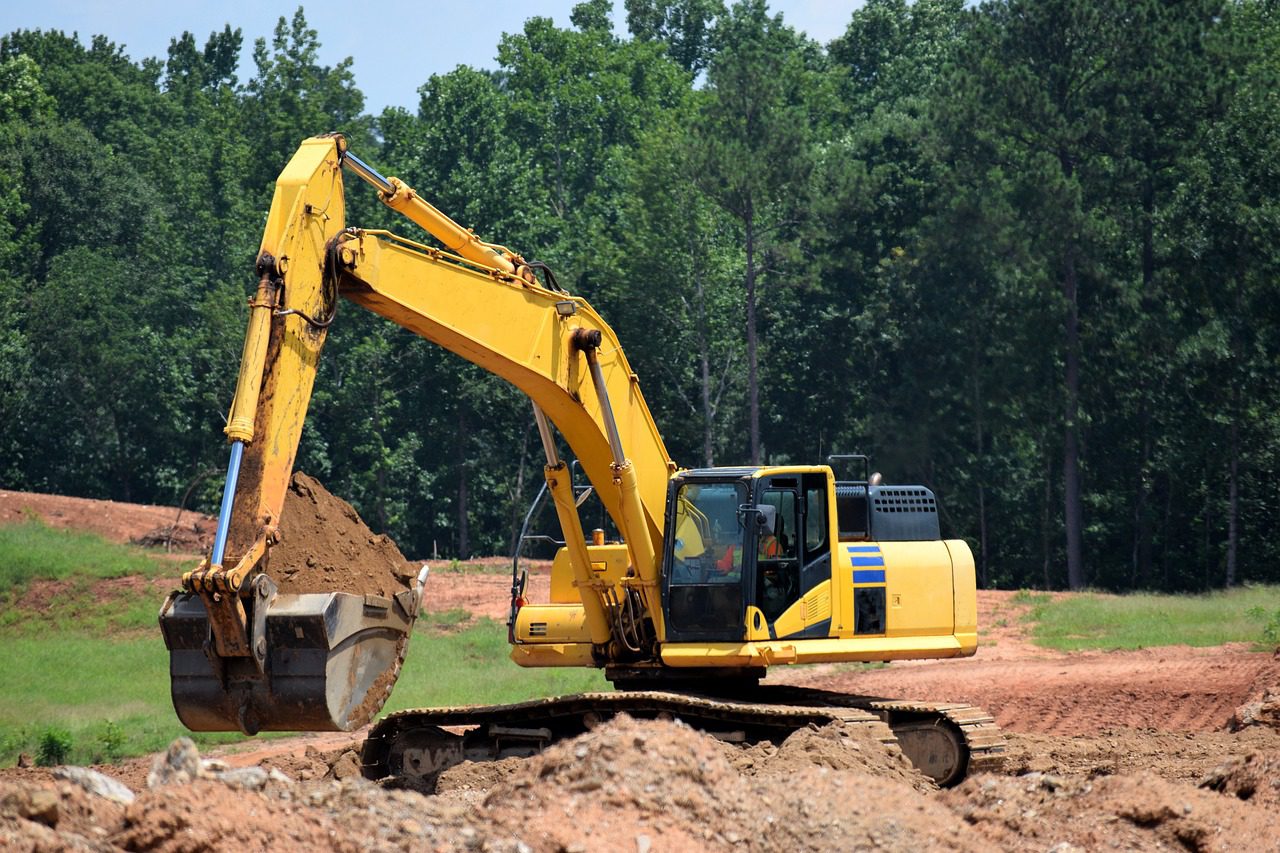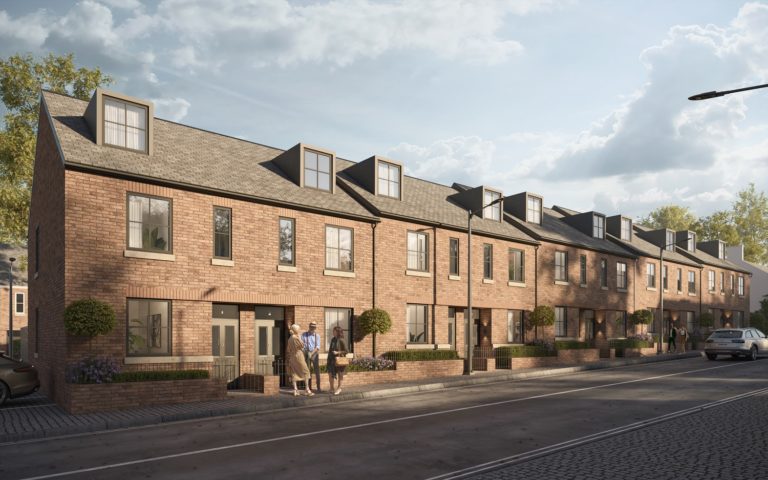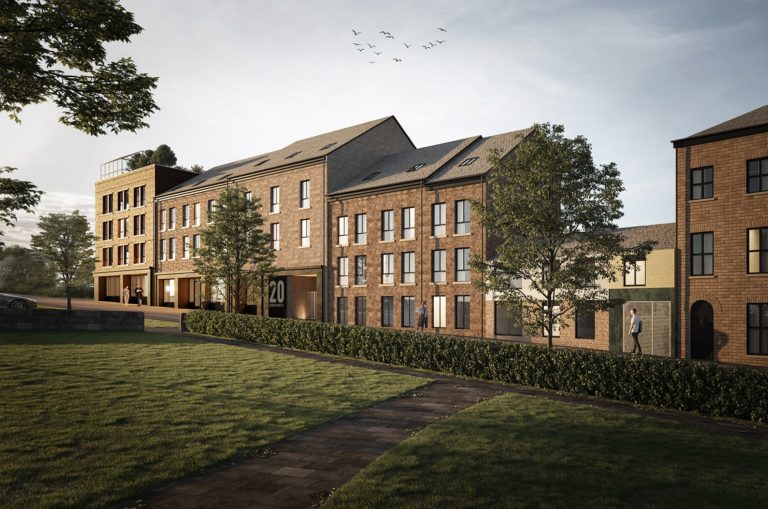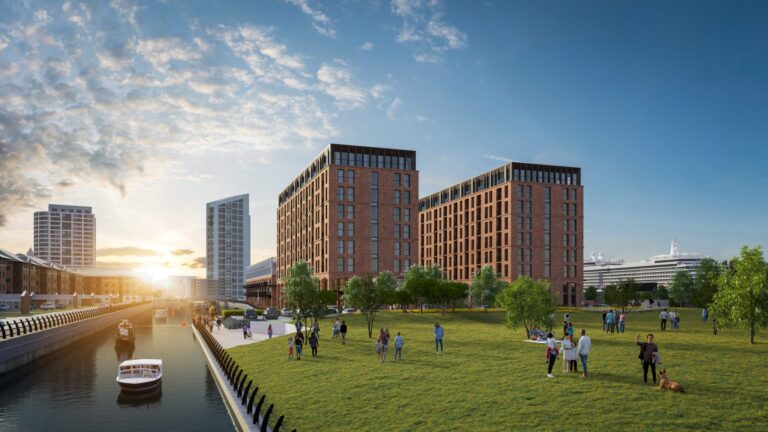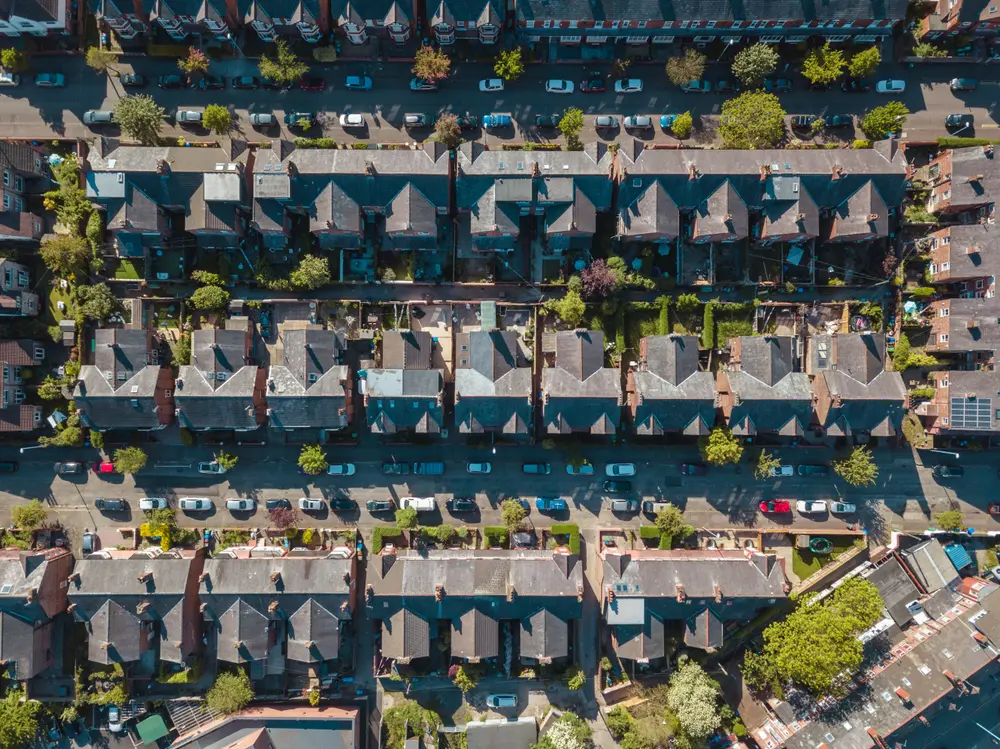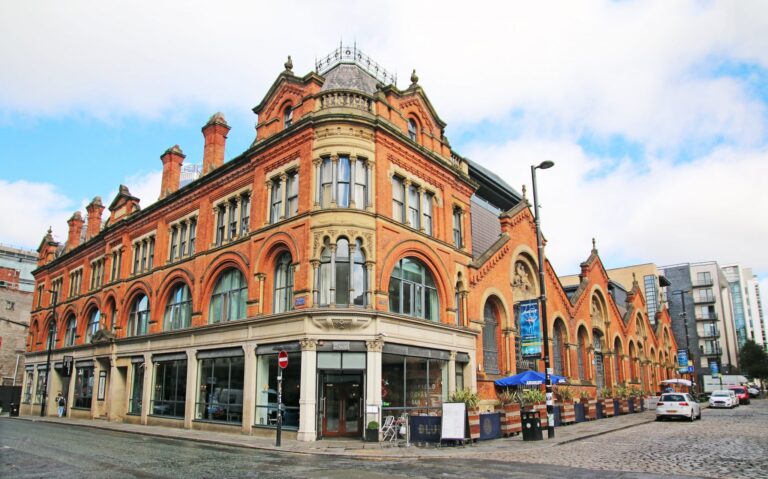Phillip Hammond has pledged to build 300,000 new homes a year to deal with the housing shortage. Is this possible without building on the green belt?
Last month’s autumn Budget placed a heavy focus on the UK housing market, with a stamp duty cut for first-time buyers, increased financial incentives to build more houses and a crackdown on owners of empty properties.
He also set out a target to build 300,000 new homes every year until the mid-2020s to bring down house prices and get more young people onto the property ladder, with a particular focus on building more in areas of high demand and around transport hubs.
But are these targets feasible without developing some of the country’s protected green belt land? Many experts don’t think so, including Iain Gilbey, a housing law expert at Pinsent Masons.
“Building on brownfield and unconstrained greenfield sites alone is not enough, and although easing the current restrictions is politically difficult for a minority government, carefully regulated and planned release of well-located and lower quality green belt land must be considered as inevitable if the housing market in economically strong areas is to be ‘fixed’,” he said.
Claire Fallows, partner at law firm Charles Russell Speechlys, agrees that Hammond’s housing plans need a rethink.
“Despite government claims that it is determined to fix the broken housing market, the Budget has confirmed the commitment to maintaining existing protections for the green belt,” she said. “Given that a number of authorities are in the process of releasing sites from green belt allocation through local plan reviews, any claims that the green belt still remains sacrosanct are disingenuous.”
What is the green belt?
Green belt was a policy set up in the early 1900s to help prevent urban sprawl, keep neighbouring towns from merging unto each other, and preserve and protect the countryside and local landscapes. It can also be retained for agriculture, forestry and related uses.
An estimated 13% of the land in England is designated as green belt, amounting to around 1,639,560 hectares.
The policy first emerged in the capital, as an idea put forward by the London Society in 1919, and the green belt since then has spread to cover around 516,000 hectares of land around Greater London. However, with the worsening housing shortage in the capital meaning Londoners are getting priced out, the area is under particular pressure to release some of the land for development.
Sam Hall, senior research fellow at Bright Blue, said: “It was disappointing that the Chancellor ruled out development on some areas of the green belt, which is necessary for alleviating the housing shortage in desirable parts of the country.
“In order to overcome concerns about the loss of green space, developers who are awarded planning permission on the green belt could be mandated to improve the net stock of natural capital in the local areas, for instance by creating a new park or forest.”
A controversial topic
Despite calls for the necessity of building on green belt land, others support the fact that Hammond intends to protect it as much as possible, building on brownfield sites instead.
Matt Thomson, head of planning for the Campaign to Protect Rural England, said: “It is heartening to see that the Government is finally starting to heed advice that the new homes the country needs can be built, without unduly harming the countryside in the process – although we still have concerns about proposed planning reform.”
Some developers are still intending to use green belt space for housing developments, though, including housing giant Taylor Wimpey, which is planning on building three new villages – around 4,500 new homes – on the outskirts of Bristol.
And a project in the north, where a charity has proposed building 325 new homes on green belt land near Stockport to raise money for a new campus, could get the go ahead in January, much to the dismay of local residents.
